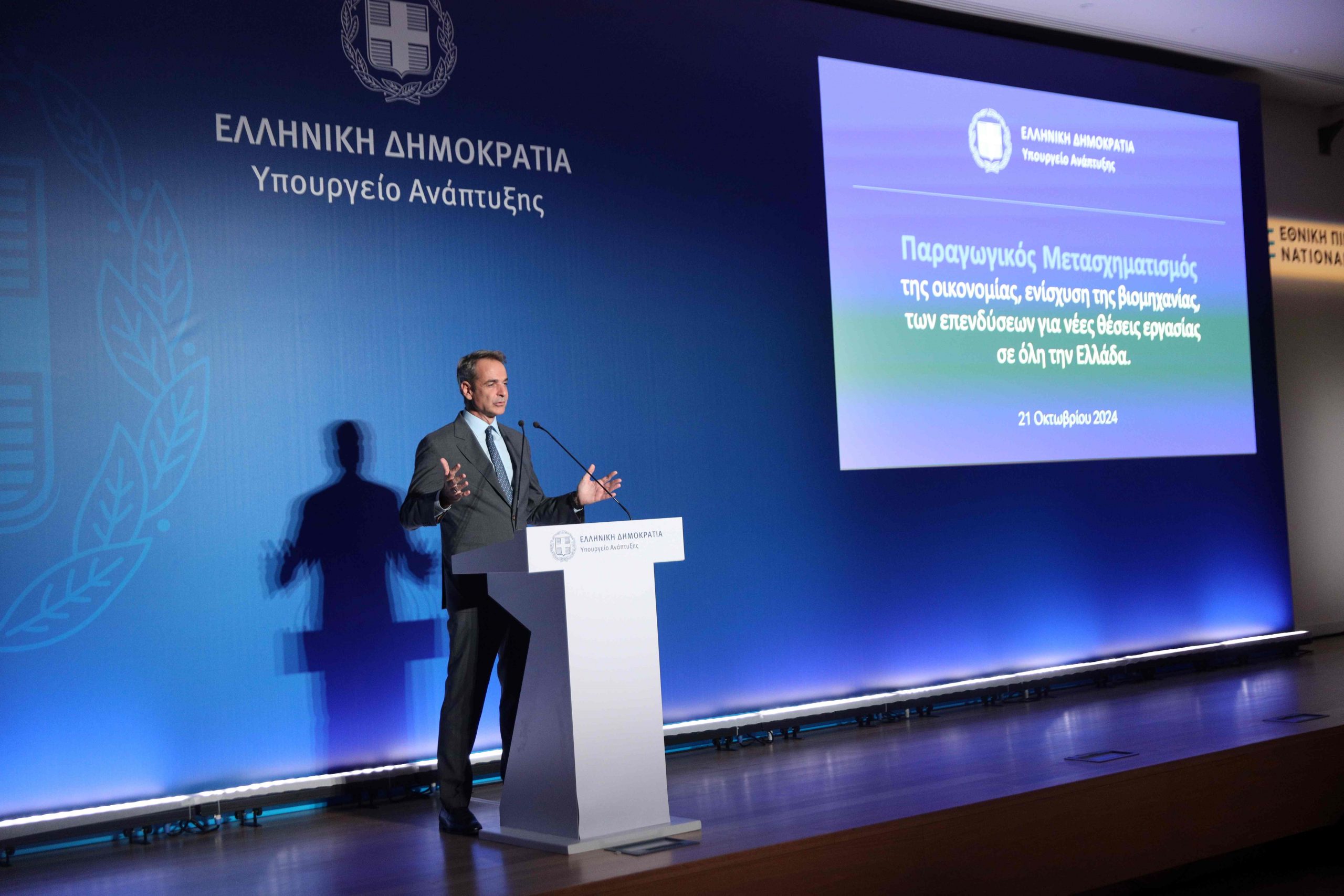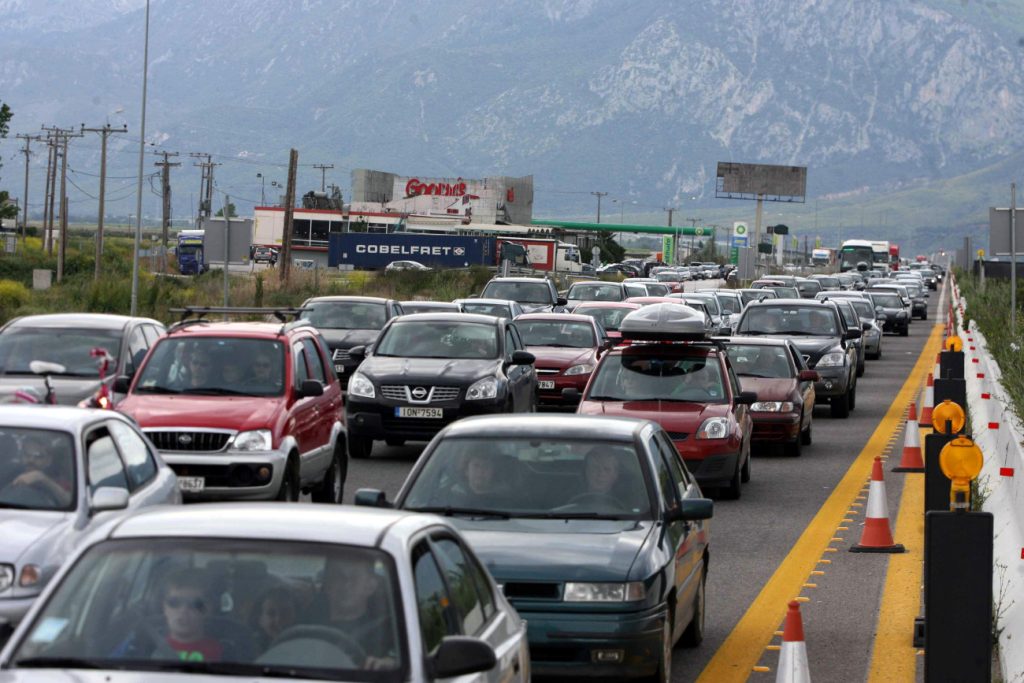A high-profile prime-time presentation on Monday evening showcased what the center-right Greek government called a plan to “transform the production model” in the country, essentially a more than 8.5-billion-euro economic stimulus aimed, according to the latter, at boosting investment and creating new jobs throughout Greece – especially in less developed regions.
Indicative of the significance of the event was the presence of Prime Minister Kyriakos Mitsotakis and timing to coincide with the most evening newscasts.
In prefacing the actual presentation of figures, Mitsotakis said the Greek economy now consistently produces primary surpluses, and that although his government inherited a large public debt, the latter has been decreasing with one of the fastest rates in Europe.
He said the main goal of this production model is convergence with other more advanced EU economies in every sector.
In following Mitsotakis at the event held at the national gallery in central Athens, Development Minister Takis Theodorikakos said the goal is to transform the Greek government over the next decade, and with an emphasis on industrial and manufacturing and investments, while also repeating the leitmotifs of “green”, “digital transition” and “innovation.
Highlights ticked off by Theodorikakos were an additional one billion euros in funding for investment proposals in tourism, manufacturing, agri-business and overall entrepreneurship, along with 90 million euros for upgrades in 20 industrial parks around the country.
Some 170 million euros will be funneled to investments from the EU’s post-pandemic Resilience and Recovery Fund (RRF).
Other highlights included:
– 150 million euros in tax exemptions for investments exceeding 10 million euros.
– A special framework backed by 150 million euros for investments in border regions and flood-ravaged Thessaly for projects exceeding one million euros.
– An additional 150 million euros for an upgraded manufacturing framework, with half of the sum for support and the other half as tax exemptions.
– Establishment of a 300-million-euro bank assurance fund in cooperation with the European Investment Bank.



